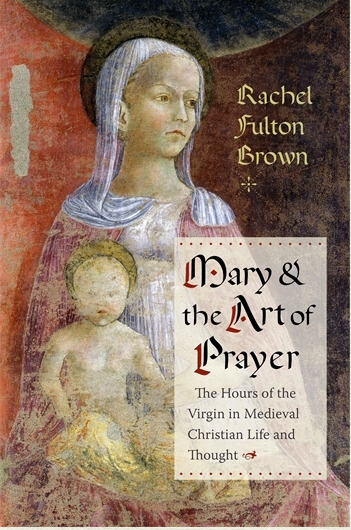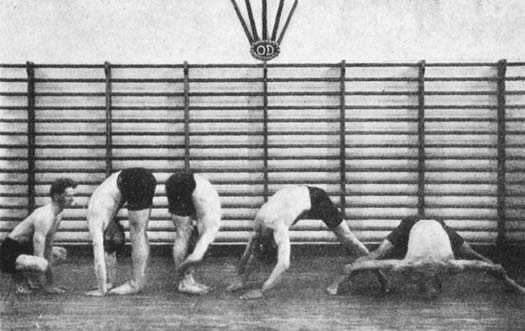Five Reasons My Book Rocks
1. This book is the first historical study to offer a close reading of the texts of the Hours of the Virgin, particularly the antiphons and psalms, as they would have been understood by Mary’s medieval devotees.
2. This book contains a close reading of three of the major Marian summae of the thirteenth century as sources for understanding medieval Marian devotion: Richard of Saint-Laurent’s De laudibus beatae Mariae virginis; Conrad of Saxony’s Speculum beatae Mariae; and pseudo-Albert the Great’s Mariale sive CCXXX Quaestiones super Evangelium “Missus est Angelus Gabriel”.
3. This book suggests a complete revision of the history of Marian devotion from its beginnings in the New Testament through to the modern era based on Margaret Barker’s reconstruction of the Old Testament temple theology, according to which Mary becomes critical for the history of Christianity: without Mary as seen through the temple tradition, there would have been no Christianity because no Incarnation of the Son. According to the ancient and medieval tradition on which the Marian Office was based, Mary is the Holy of Holies in which God becomes present. This book explains why.
4. This book proposes a new methodology for students of devotion by way of close attention to the Scriptural texts and images with which medieval Christians imagined themselves in the presence of Mary and her Son through their exegesis and liturgy.
5. Unlike almost every other book published on the history of devotion to Mary, this book begins from the medieval claim that the Scriptures talk all the time about Mary. It takes the medieval exegesis seriously as a source for understanding the history of Mary’s place in Christianity and challenges the tendency in post-Reformation scholarship and historical critical exegesis to dismiss the medieval tradition and its typologies as ahistorical constructs meaningful only as allegories.
Pre-order here.
2. This book contains a close reading of three of the major Marian summae of the thirteenth century as sources for understanding medieval Marian devotion: Richard of Saint-Laurent’s De laudibus beatae Mariae virginis; Conrad of Saxony’s Speculum beatae Mariae; and pseudo-Albert the Great’s Mariale sive CCXXX Quaestiones super Evangelium “Missus est Angelus Gabriel”.
3. This book suggests a complete revision of the history of Marian devotion from its beginnings in the New Testament through to the modern era based on Margaret Barker’s reconstruction of the Old Testament temple theology, according to which Mary becomes critical for the history of Christianity: without Mary as seen through the temple tradition, there would have been no Christianity because no Incarnation of the Son. According to the ancient and medieval tradition on which the Marian Office was based, Mary is the Holy of Holies in which God becomes present. This book explains why.
4. This book proposes a new methodology for students of devotion by way of close attention to the Scriptural texts and images with which medieval Christians imagined themselves in the presence of Mary and her Son through their exegesis and liturgy.
5. Unlike almost every other book published on the history of devotion to Mary, this book begins from the medieval claim that the Scriptures talk all the time about Mary. It takes the medieval exegesis seriously as a source for understanding the history of Mary’s place in Christianity and challenges the tendency in post-Reformation scholarship and historical critical exegesis to dismiss the medieval tradition and its typologies as ahistorical constructs meaningful only as allegories.
Pre-order here.





